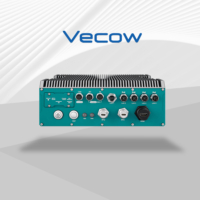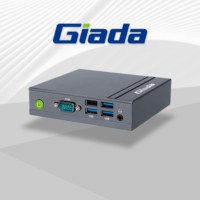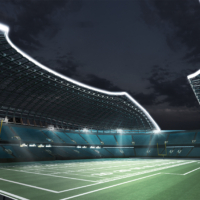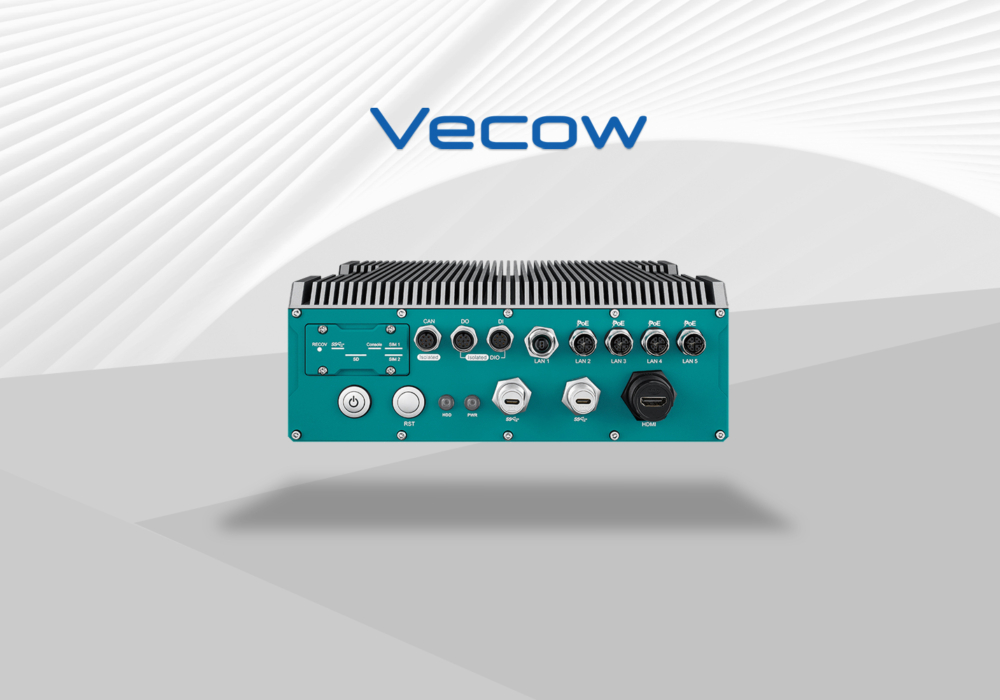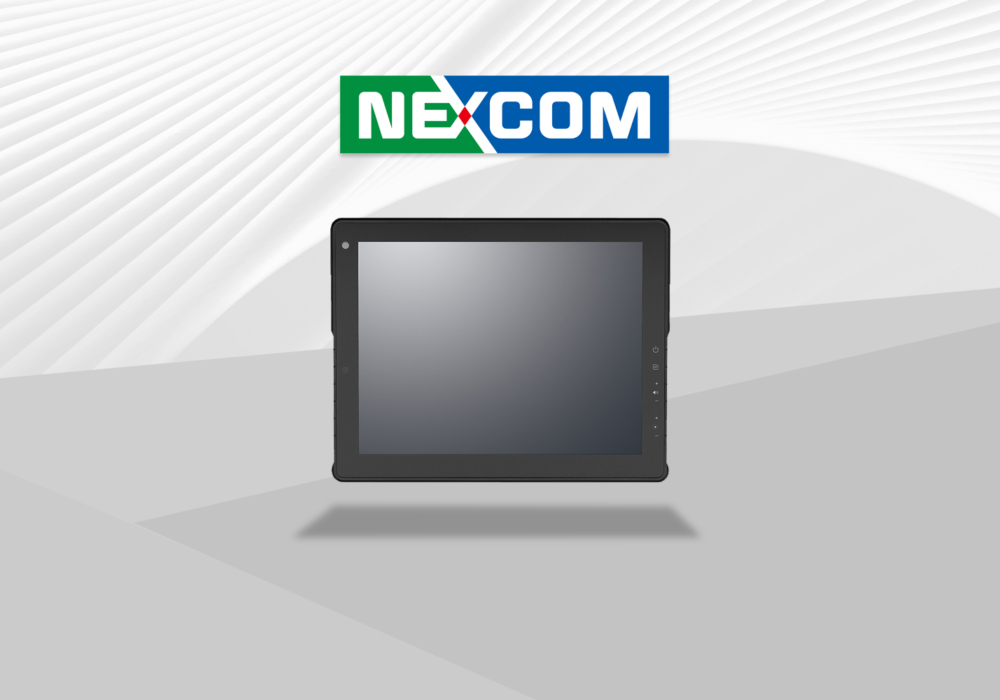In this article:
- What are Global Shutter and Rolling Shutter Cameras?
- What is A Global Shutter?
- What is A Rolling Shutter?
- What is A Global Reset Release Shutter?
- Rolling Shutter Effect
- Suitable Utilisation - Global Shutter Camera and Rolling Shutter Camera
- Pros and Cons Of Global Shutter and Rolling Shutter
- Pros and Cons Of Rolling Shutter
- The Main Disadvantages Of Rolling Shutter Are As Following:
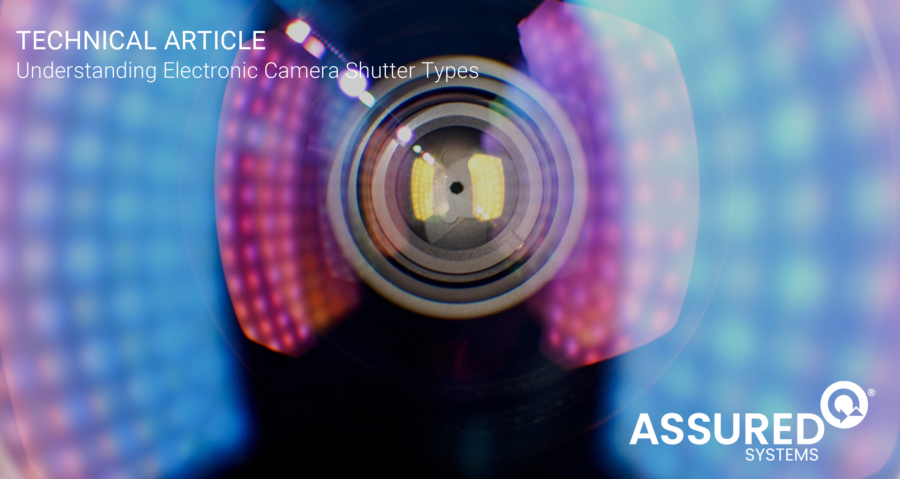
What are Global Shutter and Rolling Shutter Cameras?
Discover the differences between Global Shutter and Rolling Shutter Cameras and gain valuable guidance for selecting the ideal option for your camera-centric application. This comprehensive guide offers a thorough exploration of these sensor types, shedding light on their advantages and disadvantages to empower you with the knowledge needed to make an informed decision.
In the realm of modern industrial cameras and imaging systems, sensors play a vital role in capturing and storing images to cater to diverse processing and analysis requirements. These sensors feature electronic shutters that facilitate image capture. Electronic shutters control the exposure of photon wells within the sensor, determining whether pixels are exposed line-by-line or in a complete matrix. Rolling Shutter and Global Shutter are the two primary variants of electronic shutters. This in-depth article delves into the mechanics of shutter operation, highlights the distinctions between these two types, and provides valuable insights into their specific applications.
To fully grasp the nuanced details discussed in this article, familiarize yourself with the following key terms.
What is A Global Shutter?
The global shutter mode employed in image sensors offers a remarkable capability where all pixels within the sensor simultaneously start and stop exposing during each image acquisition, precisely following the programmed exposure period. Once the exposure time concludes, the process of pixel data readout commences, progressing row by row until all the pixel data has been retrieved. This distinctive mechanism implemented in global shutter cameras yields undistorted images devoid of any wobble or skewing issues. These global shutter sensors are particularly well-suited for capturing fast-moving objects with exceptional speed.
To provide a better perspective, let’s consider an example of a 640 x 480 resolution image. When this image is exposed using a global shutter, all 307,200 pixels (640 x 480) of the sensor are simultaneously exposed for the designated exposure duration.
It’s important to note that global shutter primarily addresses the avoidance of rolling shutter artefacts, rather than mitigating motion blur caused by rapid movement and exposure. Only at lower exposure levels does the global shutter excel in capturing crisp images of moving objects, eliminating motion blur. Conversely, with a rolling shutter, irrespective of the exposure values used, the resulting images will inevitably exhibit skewing due to the inherent rolling shutter artefact.
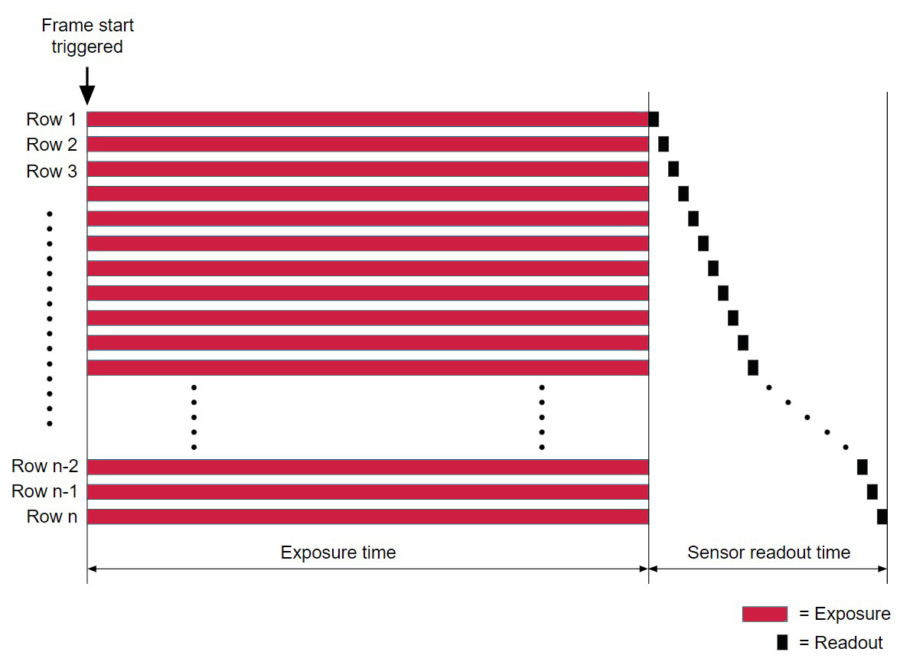
What is A Rolling Shutter?
In contrast to global shutter cameras, the rolling shutter mode employed in cameras exposes pixel rows sequentially, with a temporal offset between each row. The image capture process begins with the top row, which starts collecting light and completes the exposure before moving on to the next row. This sequential progression introduces a delay in the starting and ending times of light collection for each consecutive row. It’s worth noting that the total light collection time for every row remains consistent.
To provide a better perspective, let’s consider an example of a rolling shutter in a 640 x 480 resolution image. The exposure process begins with the topmost row among the 480 pixel rows and subsequently proceeds row by row in a sequential manner.
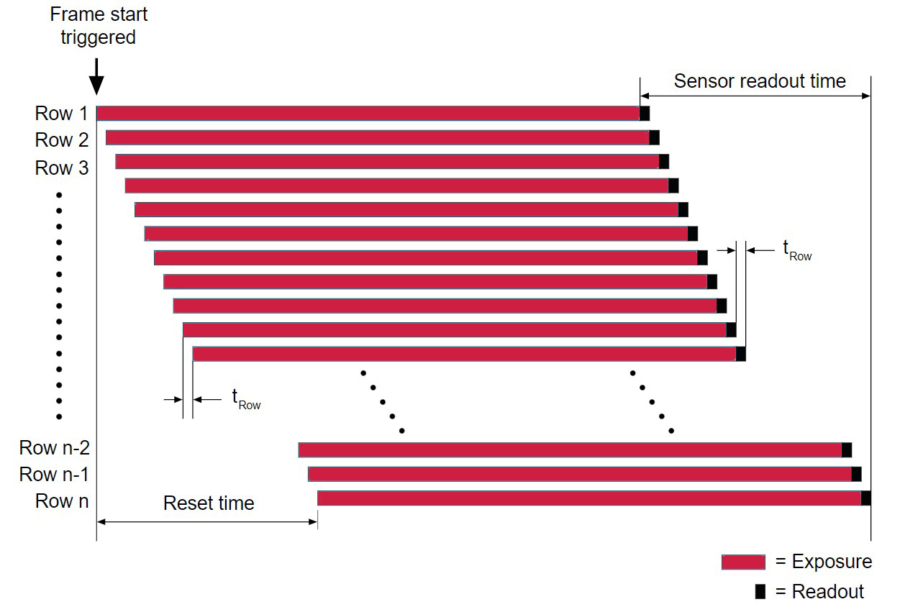
What is A Global Reset Release Shutter?
The Global Reset Release (GRR) shutter serves as a hybrid between the global shutter and rolling shutter, amalgamating their respective advantages. GRR shutter cameras initiate exposure simultaneously for all sensor pixels, akin to global shutter. However, upon concluding exposure, there exists a temporal offset (tRow) between consecutive rows, akin to rolling shutter.
The tRow values remain consistent with those found in rolling shutter cameras, albeit varying across different camera models.
When utilizing the GRR shutter type, it is imperative to employ flash lighting. Failing to do so can result in significant variations in brightness throughout the acquired images, stemming from differences in exposure times between individual rows. Additionally, capturing images of fast-moving objects may lead to distortions caused by temporal shifts resulting from varying exposure end times among the rows.
To facilitate the use of flash lighting, most cameras are equipped with a Flash Window output signal.
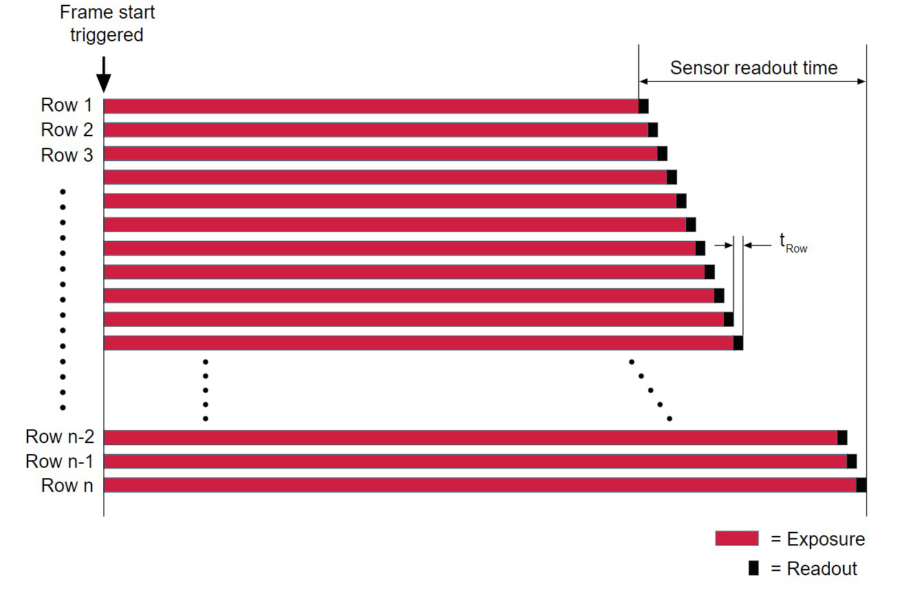
Rolling Shutter Effect
The disparity between a rolling shutter sensor and a global shutter sensor becomes particularly evident in dynamic image acquisition scenarios. When fast-moving objects are captured using a rolling shutter sensor, the occurrence of the rolling shutter effect becomes apparent. Unlike global shutter sensors where all pixels are exposed simultaneously, a rolling shutter sensor scans each row of sensor pixels sequentially. Consequently, if an object moves at a speed that surpasses the exposure and readout time of the image sensor, the resulting image becomes distorted due to the rolling light exposure phenomenon. This phenomenon is commonly referred to as the rolling shutter effect.
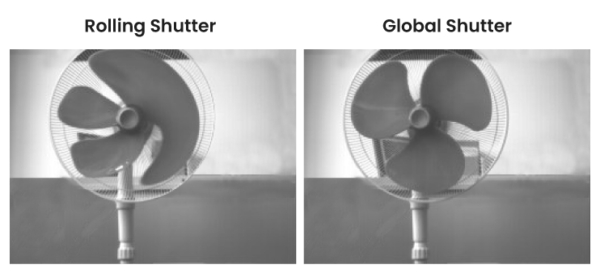
Rolling Shutter Effect When Capturing Rotating Objects
When capturing high-speed rotating objects in rolling shutter mode, it is common to encounter distortion and shutter artefacts, as depicted in the image provided.
In the aforementioned comparison, the image captured in global shutter mode accurately preserves the shape of the fan blade, whereas the same image taken in rolling shutter mode results in deformation.
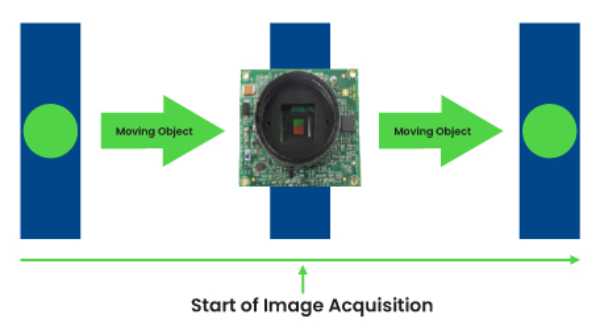
Rolling Shutter Effect When Capturing Linear Moving Objects
When capturing high-speed moving objects in rolling shutter mode, it is common to encounter distortion and shutter artefacts, as demonstrated in the image below.
In the above comparison, the object moving in a linear direction from left to right, when captured in Global shutter mode, accurately retains the shape of the object. However, the image captured in rolling shutter mode exhibits rolling shutter effects, manifesting as horizontal blur.
Suitable Utilisation - Global Shutter Camera and Rolling Shutter Camera
Global shutter cameras are widely utilized for capturing high-speed moving objects without encountering artifacts or motion blur. These cameras find extensive application in various domains, including ball tracking, industrial automation, warehouse robots, drones, and live cell imaging. On the other hand, rolling shutter sensors boast exceptional sensitivity, making them suitable for cost-effective applications. They are commonly employed in capturing slow-moving objects like agricultural tractors, slow-speed conveyors, as well as standalone applications such as kiosks and barcode scanners.
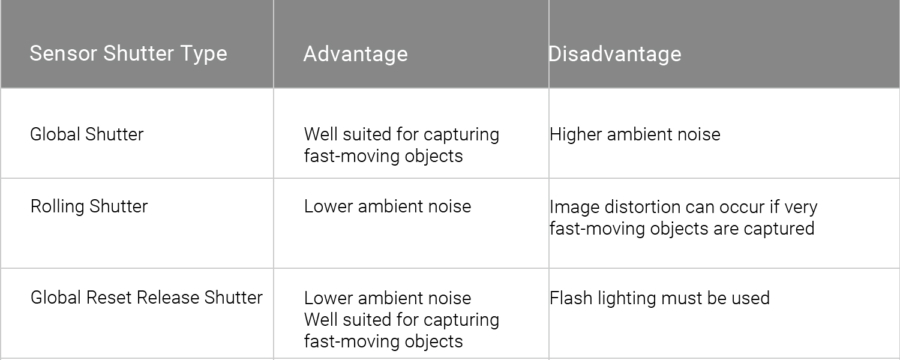
Pros and Cons Of Global Shutter and Rolling Shutter
Global Shutter technology offers several noteworthy advantages over its counterparts:
- Superior Image Quality: Global shutter cameras excel in delivering exceptional image quality. By capturing the entire image simultaneously, they mitigate the risk of image distortion or artefacts commonly associated with rolling shutter cameras.
- Reduced Distortion for Fast-Moving Objects: With global shutter cameras, the risk of distortion in images of fast-moving objects is significantly minimized. By capturing the entire image at once, they ensure a more accurate representation of the subject, free from the distortions caused by rolling shutter effects.
- High-Speed Event Capture: Global shutter cameras are well-equipped to capture high-speed events with unparalleled accuracy. By capturing the entire scene simultaneously, they enable precise documentation of rapid movements and ensure no crucial moments are missed.
Here are the main disadvantages associated with Global Shutter technology:
- Higher Cost: Global Shutter cameras often come with a higher price tag compared to their Rolling Shutter counterparts. The advanced technology and precise synchronization required for simultaneous exposure contribute to the increased cost.
- Longer Readout Times: Global Shutter cameras exhibit longer readout times during the process of transferring charges from the image sensor. This can pose limitations in applications that demand high frame rates, as it may impact the camera's ability to capture rapid sequences effectively.
- Limited Availability: While Global Shutter cameras offer unique advantages, they are not as widely available in the market as Rolling Shutter cameras. This limited availability might impact the ease of finding specific models or options that meet your specific requirements.
- Lower Light Sensitivity: Global Shutter cameras may have lower light sensitivity when compared to Rolling Shutter cameras. This can result in limitations when capturing images in low-light conditions, as the camera's ability to gather sufficient light for optimal exposure may be compromised.
Pros and Cons Of Rolling Shutter
The prominent advantages of rolling shutter cameras are as following:
- Cost-Effective Solution: Rolling shutter cameras offer a compelling advantage in terms of cost. Generally, they are more budget-friendly and widely accessible compared to global shutter cameras, making them a cost-effective option for diverse applications.
- Swift Readout Times: Rolling shutter cameras excel in rapid charge readout from the image sensor. This faster process enables them to capture high frame rates efficiently, making them particularly suitable for applications that demand swift image capture, such as fast-paced action or sports photography.
- Enhanced Energy Efficiency: When it comes to power consumption, rolling shutter cameras shine in terms of energy efficiency. They typically have lower power requirements, making them an eco-friendly and economical choice for prolonged usage or battery-powered setups.
The Main Disadvantages Of Rolling Shutter Are As Following:
- Image Quality Concerns: Rolling Shutter cameras may yield lower image quality compared to their Global Shutter counterparts. The sequential capture of the image frame can introduce distortions or artifacts, impacting the overall image clarity and fidelity.
- Distortion of Fast-Moving Objects: A notable drawback of Rolling Shutter cameras is the potential for distortions when capturing fast-moving objects. As the image is captured at different times across the image sensor, objects in motion may appear skewed or stretched in the final image, detracting from the intended visual representation.
- Challenges in High-Speed Event Capture: Rolling Shutter cameras may face difficulties in accurately capturing high-speed events. The longer exposure time required for sequential image capture increases the likelihood of motion blur or incomplete representation of fast-moving subjects, limiting their effectiveness in scenarios that demand precise documentation of rapid actions.
- Limited Applicability in Specific Fields: The disadvantages of Rolling Shutter cameras can restrict their suitability for certain applications. Fields that require stringent image quality standards, such as scientific imaging or high shutter speed photography, may find Rolling Shutter cameras less optimal for their specific needs.
